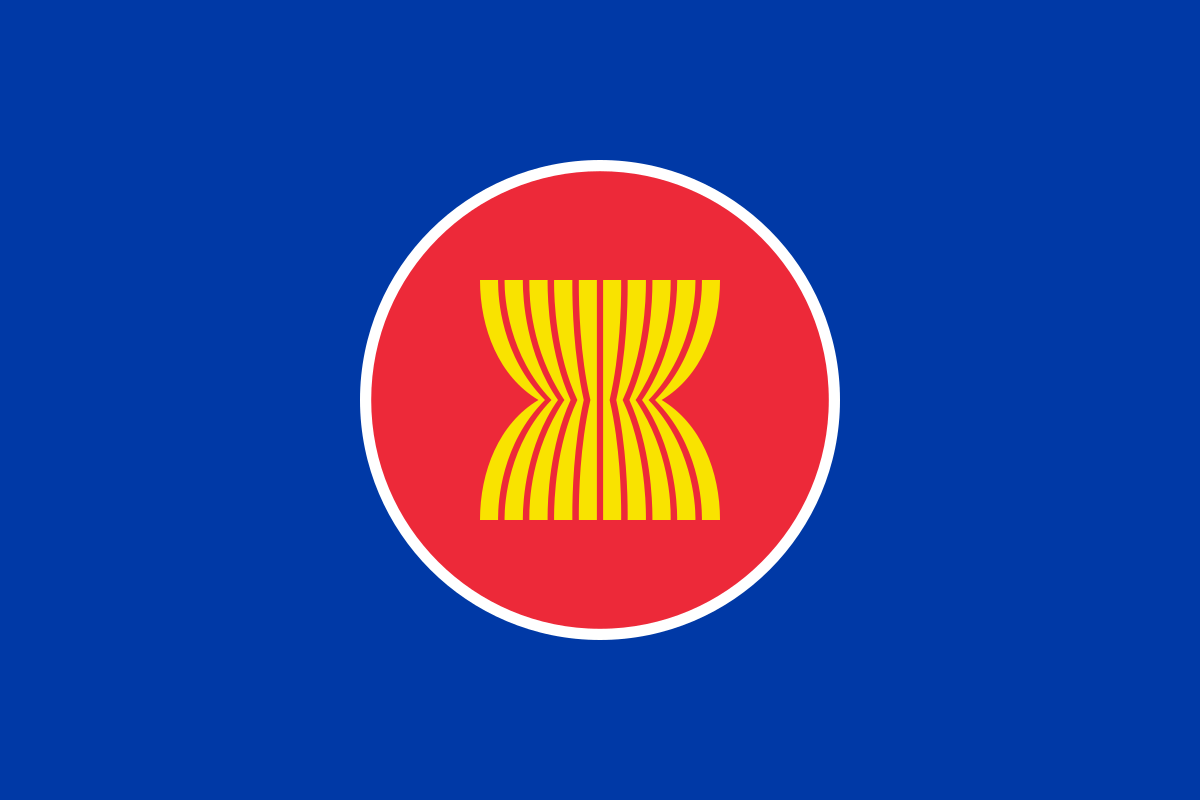Unique Comprehensive Survey Illustrates the Complexity of Asia-Pacific Nuclear Governance
As part of the project on Asia-Pacific Regional Nuclear Governance, conducted by School of Social and Political Sciences, University of Melbourne, a survey has been compiled to enhance understanding of Asia-Pacific nuclear governance organisations and arrangements. This project is funded by the Carnegie Corporation of New York. Information of the project and the survey can be found on University of Melbourne’s website: http://arts.unimelb.edu.au/ssps/research/research-clusters/governance-chaos-control-and-complexity/research-projects/nuclear-energy-and-global-governance. The survey is also available at the Other Resources tab on the APLN website (www.a-pln.org). As one of the most comprehensive studies of its kind, this survey encompasses the institutions that serve as the governance bodies for nuclear safety, nuclear security and nuclear safeguards in the Asia-Pacific region. The survey categorises these institutions into five types: regional intergovernmental organisations; regional nuclear organisations; regional second track organisations; national organisations; and global international organisations. National institutions included in this survey come from North Asia, Southeast Asia, as well as Australia. For each of these institutions the survey provides detailed information regarding its mandate, members, founding year, funding resource, the location of its headquarters or secretariat if applicable, and nuclear-related meetings, declarations, activities, and publications in the period 2012-2017.
The findings of this survey illustrate the complexity of the nuclear governance arrangements in this region. The fact that this survey has listed three different types of pan-regional governance bodies implies that the existing governance structure in Asia-Pacific is complicated. Major consultative organisations in the region, including Asia-Pacific Economic Cooperation (APEC), the ASEAN Regional Forum (ARF), and the East Asia Summit (EAS), do not include nuclear issues as their major objectives. At the centre of nuclear governance structure in the region is the Association of South East Asian Nations (ASEAN), which has produced the South East Asian Nuclear Weapon Free Zone (SEANWFZ) and the ASEAN Network of Regulatory Bodies on Atomic Energy (ASEANTOM) to strengthen nuclear safety and security in the region. In addition to ASEAN-related institutions, the Asian Nuclear Safety Network (ANSN), the Asia-Pacific Safeguards Network (APSN), and the Forum for Nuclear Cooperation in Asia (FNCA) are also active in enhancing cooperation in nuclear governance in the region in discrete areas. Along with these governmental organisations, second-track institutions such as Asia-Pacific Leadership Network for Non-Proliferation and Disarmament (APLN) and the Council for Security Cooperation in the Asia Pacific (CSCAP) have held multiple meetings and produced much literature to foster the development of nuclear governance in Asia-Pacific.
Overall, judging from the activities of existing regional governance bodies, in the Asia-Pacific regional governance bodies do provide some reinforcement of the global system. But this is mostly in terms of norm-reinforcement, declarations of principles and objectives and modest institutional frameworks. Most of the nuclear-related declarations of ASEAN, for example, are reiterations of its own commitment to ensuring a nuclear-weapon-free zone in Southeast Asia. There is fulsome expression of intention but limited action in terms of enhancing nuclear safety and security in member states and other countries in the region. In addition, faced with nuclear proliferation by North Korea, the regional bodies have not been able to formulate a coherent approach to address this challenge after the end of the Six-Party Talks in 2009.
Global level
In terms of the engagement with global nuclear institutions, although Asia–Pacific states have extensively participated in global nuclear governance arrangements, the level of involvement varies among the states. The IAEA has provided a considerable number of training courses and significant assistance to states in the region, but not all of the countries have been actively involved in these training workshops or engaged vigorously with the IAEA. The survey shows that some states, especially China, Japan and South Korea, have been actively cooperating with the IAEA in terms of organizing and attending regional workshops, but others have not devoted as much time or resource to these activities.
State level
With regard to national organisations, the governance structures also vary among countries in the region. In some states, such as Australia and Japan, the nuclear-related functions are divided among a number of different authorities. In some other cases, the supervision of different areas of nuclear-related issues is either conducted by a single governance body, or a research institute in the government rather than a specialized authority. This indicates that in some countries a comprehensive structure for nuclear governance has been established, whereas in other states such a system has not been fully developed. The different levels of institutional development also mean that in areas of safety performance, physical security, and personnel training, different organisations have distinctive processes and procedures. Such conditions constitute a challenge to the coordination and communication between different governance bodies in the region. Overall, although coordination between national organisations and global institutions occur from time to time, there is a lack of interaction between governance institutions within different states. One of the areas that would help build regional collaboration is the sharing of research reactors. There is widespread recognition that many of these facilities are underutilized and have been built as national prestige projects without consideration of overall regional capacity. Regional “reactor sharing” could become the foundation to foster communication among national governance organisations.
Challenges in Compiling the Survey
In addition to illustrating the complexity of the governance structure in Asia-Pacific, the process of compiling the survey also revealed the challenges involved in seeking a comprehensive and up-to-date overview of existing institutions. The first problem that emerged was to identify accurately the organisations in the region that supervise the use of nuclear energy. In quite a few cases the relevant institution does not directly use the terms ‘safety’, ‘security’, or ‘safeguards’ in its mandate. It is thus difficult for third-party researchers to understand the role of these institutions in nuclear governance.
Another issue frequently encountered is that institutions have different levels of transparency and openness. Most of the organisations listed in the survey have their own website or a page under their parent department (the only exceptions are China Atomic Energy Authority (CAEA) and State Nuclear Security Technology Center (SNSTC) of China). Some of these websites are well-organized, providing comprehensive information on the institution and up-to-date details regarding activities and publications. But many others pose a challenge for researchers in collecting information from the website. In some cases, the English version of the website just translates the menu options into English, while the contents, which should be the emphasis, remain in the local language. In quite a few cases, the website is significantly outdated, making it difficult to learn about recent events and activities.
About the Author
Dr Trevor Findlay is a Principal Fellow at the School of Social and Political Sciences at the University of Melbourne, Australia. He has a BA Honours degree in political science from the University of Melbourne and a Master’s degree and PhD in international relations from the Australian National University (ANU). He served for thirteen years in the Australian diplomatic service, followed by academic appointments at the ANU’s Peace Research Centre and the Stockholm International Peace Research Institute. For seven years he was Executive Director of the London-based non-governmental organization, the Verification Research, Training and Information Centre (VERTIC).
The author has made every effort to ensure that the survey includes all of the publicly available information regarding each governance body. These include searching websites, reading official documents, exploring secondary literature, and consulting institutional personnel and other researchers. Despite these efforts, inevitably there will be incomplete or incorrect information from the survey. The author welcome comments and additional information in order to continue to improve the quality of this survey. To provide comments or suggestions, please contact Zhongzhou Peng (zpeng@student.unimelb.edu.au) or Prof. Trevor Findlay (trevor.findlay@unimelb.edu.au).
This was originally written for the Nuclear Threat Monitor.
Disclaimer: The views expressed in this commentary are those of the author and do not necessarily reflect the official position of the Asia-Pacific Leadership Network or any of its members.




